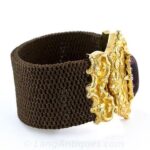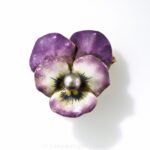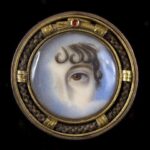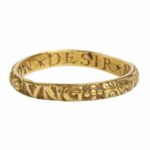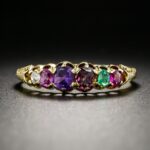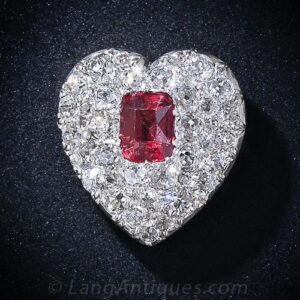
Throughout history, communication, and therefore symbolism, has been an integral part of human interaction. Symbols play a powerful part in the rituals of expression and we employ thousands of them every day. Literal representations of commonplace objects are given new meanings so they can be used to instantly convey information and ideas. If obfuscation is the goal, symbols can be disguised and imbued with secret meanings that are shared only with the initiated few. More overt symbols of power, love, strength, spirituality, and belief bind us together and provide a common language that bestows upon us a unifying platform. Cultures, countries, religions, clubs, and rituals all rely on symbols, some imbued with talismanic power, to unify, protect and link those who believe in or belong to their group. This survey of symbols found in jewelry demonstrates their visual diversity as well as their myriad interpretations.
Victorian Symbolism
The use of symbolism has been an important part of adornment since the first caveman or woman hung a carved or shaped rock around their neck for the sake of beauty. What better way to protect oneself, to project outwardly one’s beliefs and affiliations or to project strength and power than to display its symbol as a piece of jewelry? Whether trying to communicate overtly or covertly, symbols speak louder than words.
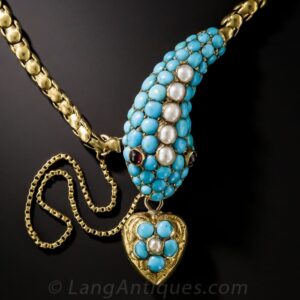
A gift of jewelry presented to celebrate a life event was a new and exceedingly popular Victorian tradition and these tokens were always saturated with sentiment. Victorians became thoroughly obsessed with the secret language assigned to love tokens, friendship gifts and mementos from cherished lovers, friends, and family. Flowers, gems, and jewelry were commandeered as a means of discrete communication with elaborate messages being sent and received. Gemstones were arranged in patterns that, when the first letters of their names were put together, messages such as Je t’adore appeared. Everyday motifs were assigned meaning – a dog represented “faithful service,” a butterfly and flower indicated “I am settled” and the list goes on.
Horticulture was a particular obsession for the Victorians with plants being sought out from all corners of the world to be brought back to England. This fascination for all things floral and botanical translated into jewelry designs rendered in intricate detail, Manuals were produced so that the meaning behind the choice of a particular design could be interpreted (often with contradictory results.) New jewelry-making techniques were devised and older techniques refined in order to create incredibly realistic representations of every type of flower, fruit, plant, leaf, and bug.
Hair mementos had evolved into intricate designs and “painted” techniques with which elaborate messages could be constructed to accompany the intrinsic sentiment of a loved one’s hair. Moving beyond glass compartmented hair displays, woven hair jewelry assembled from three-dimensional plaited and woven hair segments were held together with metal ends and clasps. This allowed for bigger and more elaborate displays of sentiment with entire parures created from hair.
Related Reading
Victorian Symbolism
| Jewelry | Design | Symbolizes |
|---|---|---|
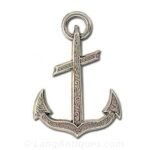 | Hope |
|
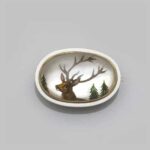 | Seven Pointed Antlers |
|
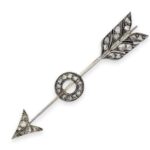 | Arrow & Target |
|
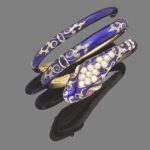 | Coiled Shake |
|
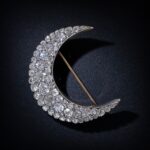 | Crescent/New Moon |
|
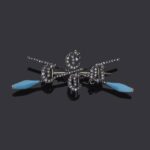 | Crossed Oars |
|
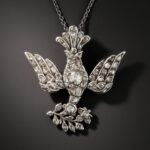 | Dove |
|
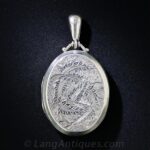 | Fern |
|
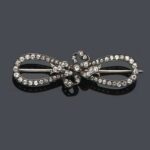 | Figure 8 |
|
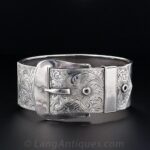 | Garter with Buckle |
|
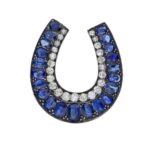 | Horseshoe |
|
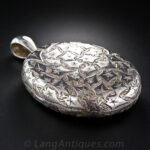 | Ivy & Evergreen |
|
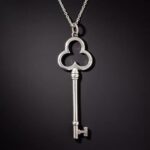 | Key |
|
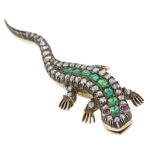 | Lizard |
|
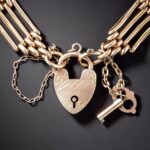 | Lock or Padlock |
|
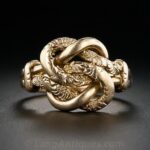 | Lover's Knot |
|
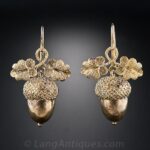 | Oak |
|
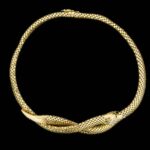 | Ouroboros (snake with a tail in its mouth) |
|
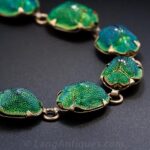 | Scarab |
|
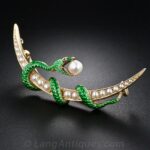 | Snake |
|
Memento Mori & Mourning Symbols
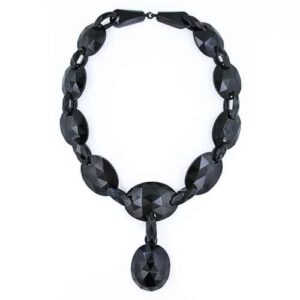
Symbols representing death have been present throughout the history of mankind, but they were particularly popular during the seventeenth and eighteenth centuries. The intention of this symbology was to remind the wearer that they were mortal and that everyone must eventually die. All sorts of imagery from skulls to skeletons were paired with mottos that served to keep that certainty at the forefront of the wearer’s thoughts.
During the eighteenth and nineteenth centuries, mourning was taken very seriously with prescribed periods of withdrawal from society, the wearing of certain clothing and colors and the styling of mourning and memorial jewels. Black jewelry was particularly important and at that time beads, crosses and other symbols were carved from materials such as jet or bog oak or fashioned from black glass and black onyx. Memorial jewels in the form of lockets, watch fobs, rings and bracelets that included the hair of a treasured soul was almost always a necessity. Hair was used not only to commemorate a loved one who was deceased but to hold dear anyone who was far away or at war or simply loved by another.
Death & Remembrance Symbols
| Jewelry | Design | Symbolizes | |||||
|---|---|---|---|---|---|---|---|
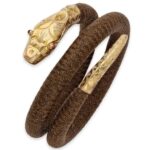 | Hair
|
| |||||
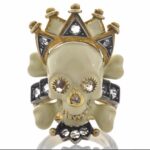 | Memento Mori, Vanatas
|
| |||||
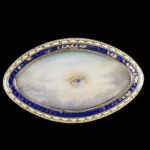 | Tear Jewelry
|
| |||||
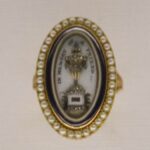 | Urns
|
| |||||
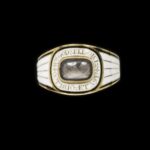 | White Enamel
|
| |||||
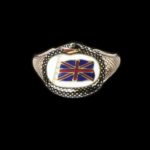 | Black Enamel Snakes
|
| |||||
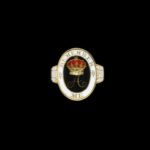 | Snake, Cross, Torch or Crown
|
|
Religious Icons & Symbols
| Jewelry | Design | Symbolizes |
|---|---|---|
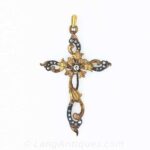 | Cross
|
|
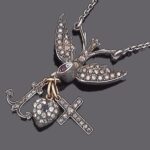 | Dove
|
|
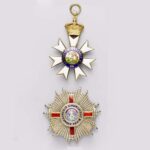 | St. George's Cross
|
|
Mythological Symbols
| Jewelry | God or Goddess Greek - Roman | Design | Mythological Prowess | Relationships |
|---|---|---|---|---|
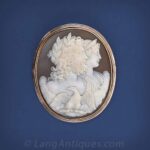 | Zeus - Jupiter |
|
|
|
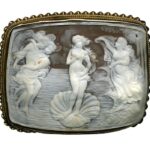 | Aphrodite - Venus |
|
| |
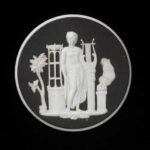 | Apollo - Apollo |
|
|
|
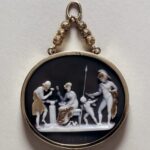 | Ares - Mars |
|
| |
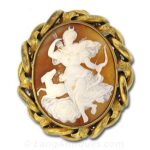 | Artemis - Diana |
|
| |
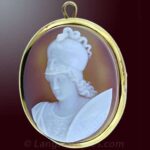 | Athena - Minerva |
|
|
|
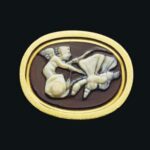 | Eros - Cupid |
|
|
|
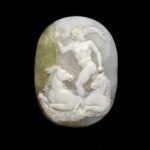 | Poseidon - Neptune |
|
|
|
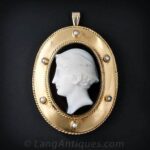 | Hermes - Mercury |
|
| |
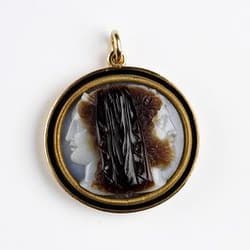 | Hera - Juno |
|
|
Chinese Cultural Symbols
Known as “The Jewel of Heaven,” the Chinese culture has revered carved jade ornaments since c.9500-9000 B.C. Seen as a link between the spiritual world and the physical realm (or heaven and earth,) jade is viewed as magical, imbued with qualities of both yin and yang. The six ritual colors of green, blue, lavender, red, yellow, white and black are carved with symbols derived from nature and from fantasy and are presented to mark every significant occasion throughout a lifetime. Everyday objects used in the household such as fasteners, buckles, jewelry items and tools, have been decorated by carved symbols believed to bring happiness, fertility, longevity, wealth, good fortune and other such desirable qualities. Ownership of jade was originally a right only of the privileged and the high ranking but today it is sought after by all those believing in its magical properties.
Chinese Cultural Symbols
| Jewelry | Design | Symbolizes | |
|---|---|---|---|
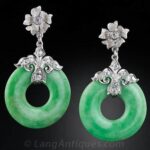 | Donut
|
| |
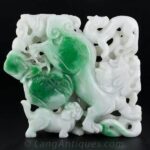 | Dragon
|
| Han (206 BC - 220 AD)
Hydra
|
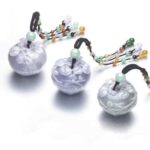 | Apple |
| |
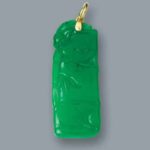 | Bamboo |
| |
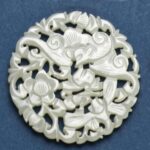 | Bat |
| |
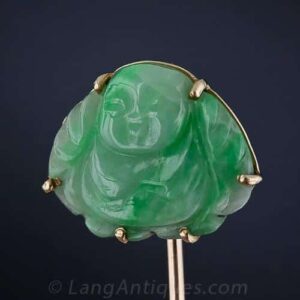 | Buddha |
| |
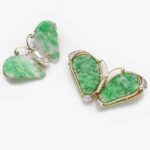 | Butterfly |
| |
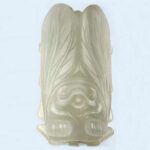 | Cicada |
| |
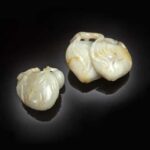 | Peach |
| |
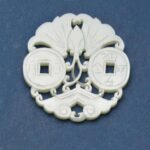 | Coin |
| |
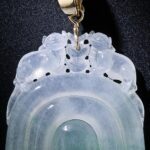 | Lion with Curly Hair
|
| |
| Apricot (no image) | Apricot |
| |
| Bee (no Image) | Bee |
|
Sources
- Cirlot, J.E. A Dictionary of Symbols. USA, Barnes & Noble Books, 1995.
- Dawes, Ginny Redington Dawes with Collings, Olivia. Georgian Jewellery: 1714-1830: Woodbridge, Suffolk, UK: Antique Collectors’ Club, 2007.
- Flower Margaret. Victorian Jewellery: South Brunswick, New Jersey: A.S. Barnes and Co., Inc., 1967.
- Fontana, David. The Secret Language of Symbols. San Francisco, Chronicle Books, 1994.
- Gere, Charlotte and Rudoe, Judy. Jewellery in the Age of Queen Victoria: A Mirror to the World: London, The British Museum Press, 2010.
- Gump, Richard. Jade: Stone of Heaven. Garden City, NY, Doubleday & Company, Inc., 1962.
- Nozedar, Adele. The Element Encyclopedia of Secret Signs and Symbols: The Ultimate A-Z Guide from Alchemy to the Zodiac. London, HarperCollinsPublishers, 2008.
- Wilkinson, Philip. Illustrated Dictionary of Mythology, Heroes, Heroines, Gods, and Goddesses from Around the World. London, Dorling Kindersley, 1998.
